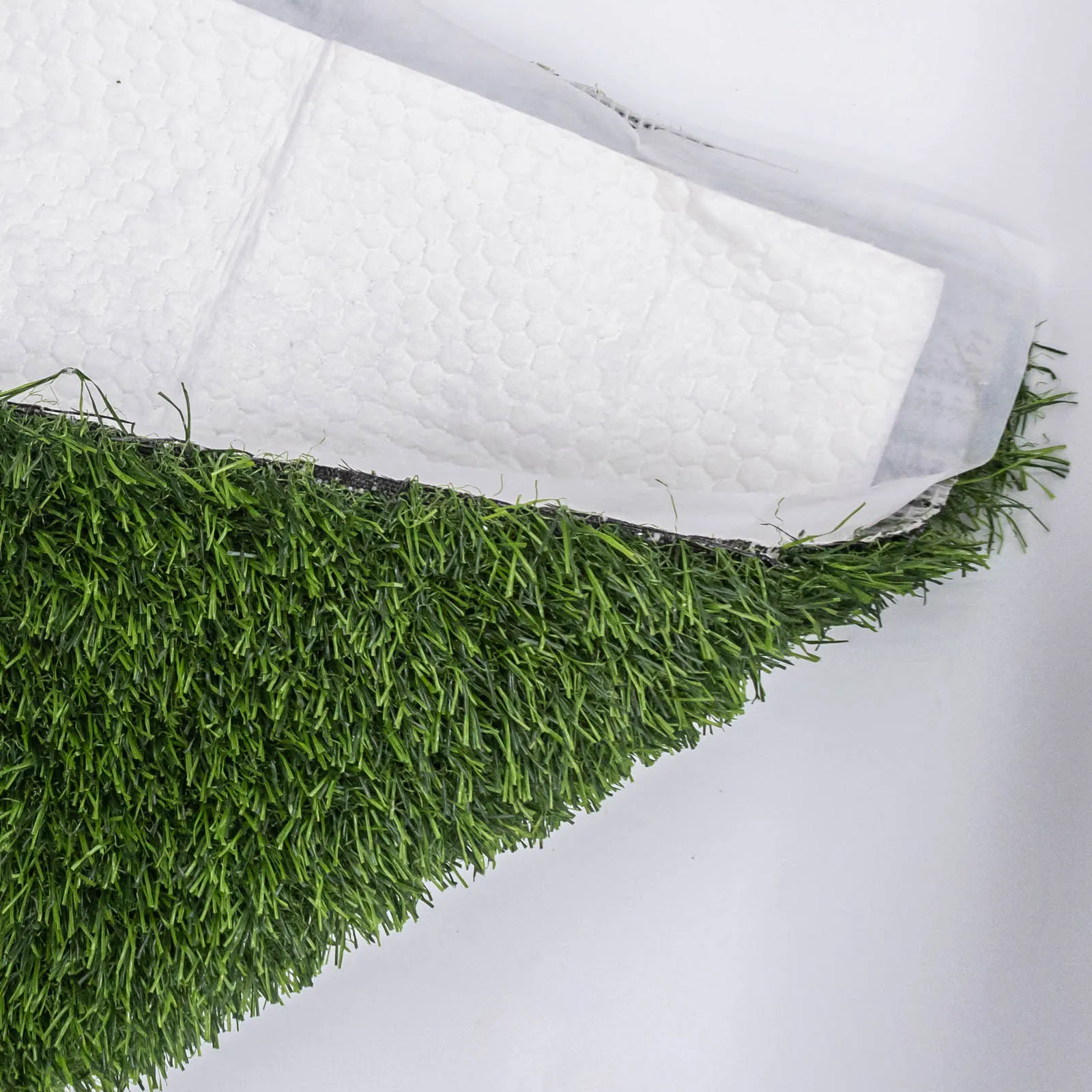
- Afrikaans
- Arabic
- Belarusian
- Bengali
- Czech
- Danish
- Dutch
- English
- Esperanto
- Estonian
- Finnish
- French
- German
- Greek
- Hindi
- Hungarian
- Icelandic
- Indonesian
- irish
- Italian
- Japanese
- kazakh
- Rwandese
- Korean
- Kyrgyz
- Lao
- Latin
- Latvian
- Malay
- Mongolian
- Myanmar
- Norwegian
- Persian
- Polish
- Portuguese
- Romanian
- Russian
- Serbian
- Spanish
- Swedish
- Tagalog
- Tajik
- Thai
- Turkish
- Turkmen
- Ukrainian
- Urdu
- Uighur
- Uzbek
- Vietnamese
artificial turf preparation
Nov . 22, 2024 07:39 Back to list
The Importance of Proper Artificial Turf Preparation
Artificial turf has revolutionized the way we think about sports fields, playgrounds, and even residential lawns. As more facilities and homeowners opt for synthetic grass due to its low maintenance, aesthetic appeal, and durability, it’s crucial to understand that successful installation begins with meticulous preparation. The quality of the preparation not only influences the lifespan of the turf but also affects its performance, looks, and functionality.
Understanding the Area
Before laying down artificial turf, the first step is to evaluate and prepare the area where it will be installed. This process typically involves clearing the space of any existing vegetation, debris, or rocks. Careful inspection of the sub-base is essential. It must be structurally sound and able to support the weight of the turf and any potential activity on it. For sports fields, it is also vital to consider drainage, ensuring that water does not pool on the surface, which could affect both the aesthetics and usability of the space.
Grading the Surface
Once the area is cleared, grading must be performed to create a level surface. This is where many installations can falter if not done correctly. A well-graded surface facilitates effective drainage, prevents water accumulation, and offers a smooth playing surface. Depending on the existing terrain, the use of heavy machinery like graders or compactors may be necessary. The objective is to ensure gentle slopes away from high-traffic areas while maintaining a level base for the turf to rest on.
Installing the Base Material
After grading, the next critical step is the installation of a base material. The most common materials include crushed rock or decomposed granite. The depth of this layer can vary based on the specific application—typically around 3 to 5 inches. This base layer aids in drainage, provides stability, and allows for adequate support for the synthetic fibers.
Compacting the base material is also essential. This process ensures that the base is firm and reduces the likelihood of shifting or settling over time. A contractor or skilled DIY individual will often use a plate compactor to achieve a highly compacted surface.
artificial turf preparation

Adding a Weed Barrier
To enhance the longevity and maintain the pristine look of artificial turf, it is advisable to install a weed barrier. This fabric layer will help prevent unwanted vegetation from growing through the turf, which can be an unsightly nuisance.
Joining Seams and Infill
Once the base is adequately prepared, the turf can be rolled out and secured. It’s crucial to ensure that the seams of the turf are joined properly to avoid any gaps that could cause problems later. Typically, turf is seamed together using adhesive or seaming tape.
After the turf is laid out and seamed, infill material—such as silica sand or rubber granules—can be added. This infill serves multiple purposes it helps weigh down the synthetic fibers, provides cushioning, and maintains the grass's upright position. Proper infilling also enhances the overall performance, making the surface safer and more comfortable to play on.
Final Touches
The final steps of preparation involve brushing and grooming the turf to distribute the infill evenly and ensure a natural look. Applying a protective coating can also help preserve the turf’s color and prevent UV damage.
Conclusion
Proper preparation is the backbone of successful artificial turf installation. By following these essential steps—evaluating the area, grading the surface, installing a strong base, adding a weed barrier, ensuring proper seam connections, and infilling—the longevity and performance of artificial turf can be maximized. When done carefully, a well-prepared foundation will pay dividends in the years to come, making synthetic turf a valuable investment for any space. The benefits often far outweigh the initial effort required for preparation, paving the way for a functional, beautiful, and durable surface for countless memories and activities.
-
The Benefits of Artificial Turf for Indoors
NewsJul.15,2025
-
How Artificial Grass Suppliers Ensure Quality Products
NewsJul.15,2025
-
Artificial Grass and Pets: A Space for Relaxation
NewsJul.08,2025
-
Balcony & Outdoor Decoration with Artificial Grass
NewsJul.08,2025
-
Best Indoor Artificial Grass for Home
NewsJul.07,2025
-
Best Pet Turf for Dogs: Safe & Durable Artificial Grass Options
NewsJul.07,2025
Products categories









